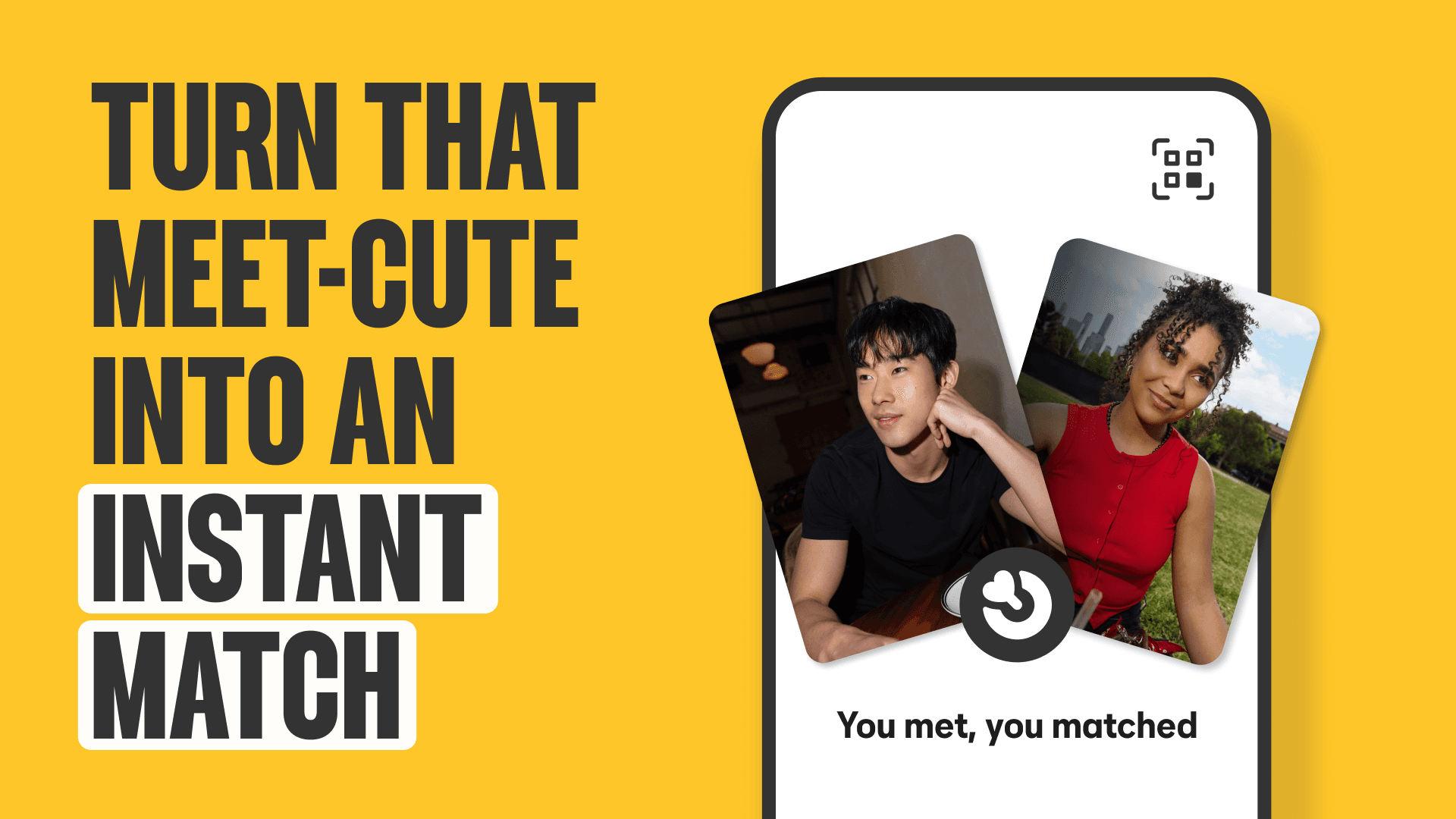At Bumble, your safety is a top priority, and we know that feeling safe is integral to making genuine connections. We’re dedicated to continually improving our apps so that they’re as inclusive as possible for our community, and our members can show up as their full selves.
Our team works 24/7 to help keep our community safe and works to keep inappropriate, offensive, and upsetting content off of our platform. To do this, Bumble uses a variety of safety measures. Here’s how our safety measures work, and how your experience on Bumble may be impacted.
Lewd photo blurring
Even though the number of users sending unsolicited lewd images on our apps is a negligible minority, in an effort to shield our community from harassment, Bumble created the Private Detector safety feature. This feature automatically blurs a potential lewd image shared on the platform. If a lewd image has been detected by our system, you’ll be notified, and it’s up to you to decide whether to view or block the image. If the image is not welcome, you can also Block & Report the match, or Unmatch with them, and the person won’t be able to contact you again on Bumble.
Profile photo moderation
Whenever a photo is uploaded to a Bumble profile—whether it’s when you first create your profile or when you’re updating it—the photo is reviewed by both humans and technology. Bumble detects certain things that aren’t allowed on our platform. This includes photos portraying nudity, sexual content; weapons (gun photos are banned on Bumble); drugs; gore; violence; and hate symbols. As Bumble is an 18+ platform, photos of children alone are also prohibited. If a photo like this is detected, we will remove it from our platform and the member will be informed that their photo was removed. In some cases, action may be taken against them, such as a warning or being banned from Bumble.
We have policies and processes in place to ensure photos follow our community guidelines. As a result, we can detect photos without people in them, photos with text or a watermark, and more. This is to help make sure Bumble profiles belong to real people looking to make meaningful connections, and to remove fake and scam profiles.
If you come across any of this content on Bumble, you can Block & Report the profile (both from the encounters queue and once you’ve started a conversation) so that our safety team can review the profile and take action as needed.
Profile text moderation
Just as with photo moderation, Bumble reviews all profile text to help keep our community safe. Bumble’s technology detects words and phrases in profiles (i.e. a name, bio) that may be problematic, harmful, or inappropriate. If these words or phrases are found in a profile, the text is automatically removed or flagged for further investigation by our team. In some cases, users may receive a warning or be banned from our platform.
Bumble can also detect fake and scam profiles. Our technology can recognize certain words or phrases associated with scams, links to URLs, links to cash apps, and phone numbers, all of which may be removed and flagged for further investigation by our teams.
As always, if you see profile text or receive a message that makes you feel uncomfortable, upset, or unsafe, you can Block & Report the profile, or you can Unmatch with the person.
Proactive and reactive photo verification
Bumble created our Photo Verification feature to help our community feel confident about the people they’re matching with and to help keep fake and scam profiles off Bumble. If a member chooses to photo verify, Bumble asks the member to share a selfie mimicking a pose we’ve chosen at random. Within minutes, Bumble will compare the selfie with uploaded profile photos and will either verify them or ask the member to try again with a new pose. By doing this, Bumble can help confirm that the person matches their photos.
We encourage all users to photo verify, and members can also ask matches to photo verify if the match hasn’t done so already. To check if someone is photo verified, look for the blue shield icon on their profile.
If a profile has been reported as fake, scam, or spam, in order for that member to use Bumble again, they may be required to go through the photo verification process to prove that the profile is real. If one of these members is rejected in verification, the profile will be removed.
Removing fake and scam profiles
Bumble works to detect fake and scam profiles in order to remove them from our platforms and foster a community where members can make genuine connections. For example, we can detect suspicious behavior, including if an account is using multiple phones to access the same Bumble account or if one phone has created multiple accounts. Any of these behaviors, or a combination of these behaviors, could cause a profile to be flagged for review.
Being vigilant about removing fake and scam profiles helps Bumble identify and remove potential romance scammers, catfishers, and spammers from our platforms. If you come across a profile that seems fake or could potentially be a scammer or spammer, you can use Block & Report to report the profile to our team. You can also use Bumble’s in-app Video Chat and Voice Call feature to confirm that a match looks like their photos.
Bumble’s Block & Report tool
When a member uses Bumble’s Block & Report feature, or reports a safety concern via email or our contact form, each case is reviewed by our technology and/or a team of safety support specialists to determine what action should be taken. If you report a profile, you’ll get confirmation that your report was received, and our team will reach out to you if we need further information. All reports are anonymous, and we never share the reporter’s information or specific details about the report with the person being reported. When you block someone, they’ll be blocked from contacting you on all Bumble modes. (For more on what happens after you report someone, see here.)
Bumble encourages our community to use Block & Report as often as needed. Instances when you should feel empowered to use Block & Report include: encountering threatening, rude, or inappropriate behavior; any type of harassment; unwelcome comments about your body; any type of discrimination or identity-based hate; inappropriate content or use of Bumble; and anytime you feel uncomfortable or unsafe.
Block & Report can be used for situations that occur on or off of Bumble, so if you come across someone who has violated Bumble guidelines in the past, or if a match violates Bumble’s guidelines on a call or date, you can still report them. Even if you’ve unmatched with the person and don’t have their contact information, you can reach out to our safety team by email and we’ll do our best to help.
Please note that using Block & Report to report other daters for their identities—for example GNC and trans folks—is classified as harassment, and it may result in action being taken against you. (See more about our identity-based hate policy here.)
You can learn more about Bumble’s community guidelines here. If you have any questions about what is and isn’t allowed on Bumble, you can reach our team here.




Social Media